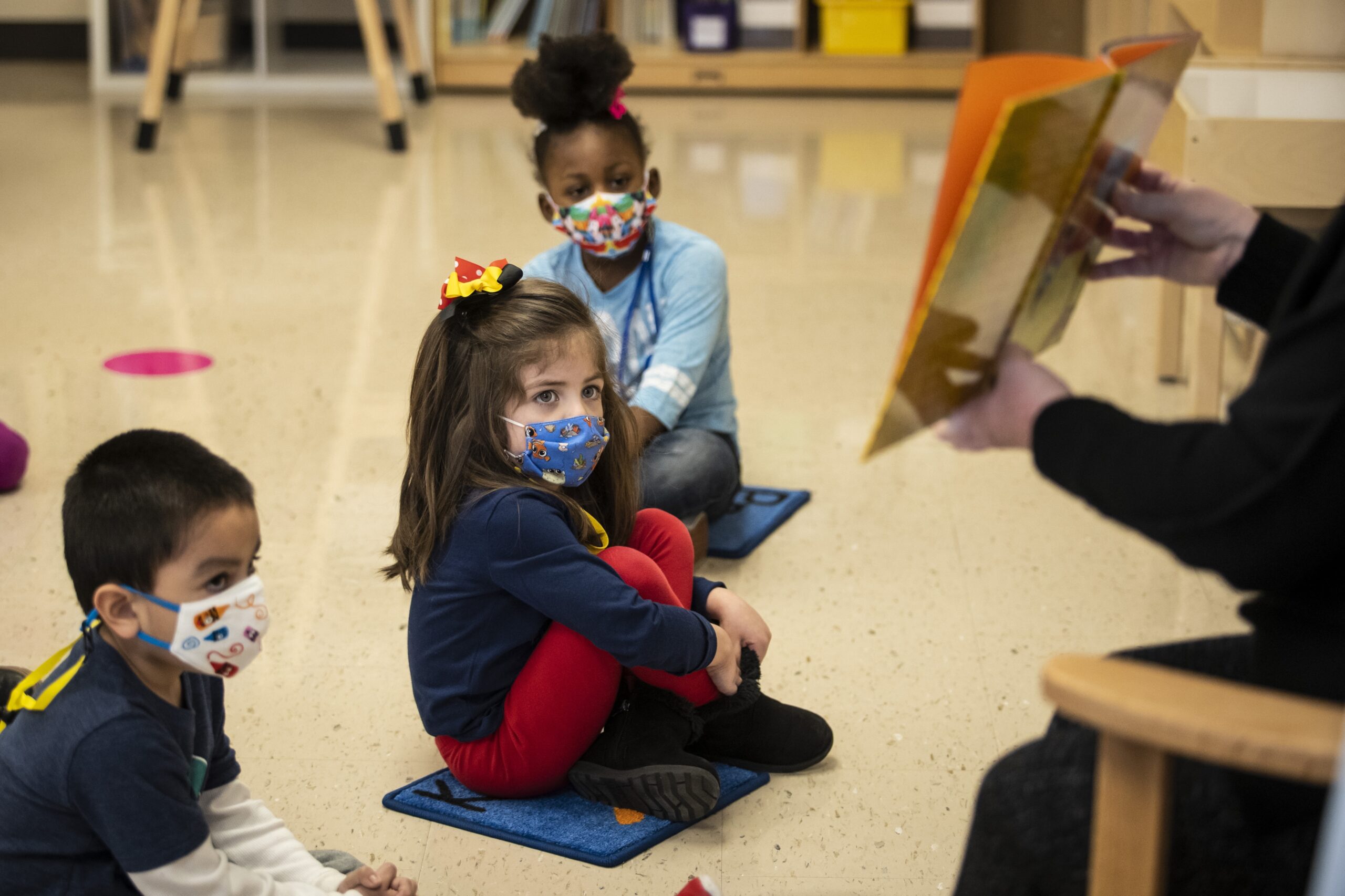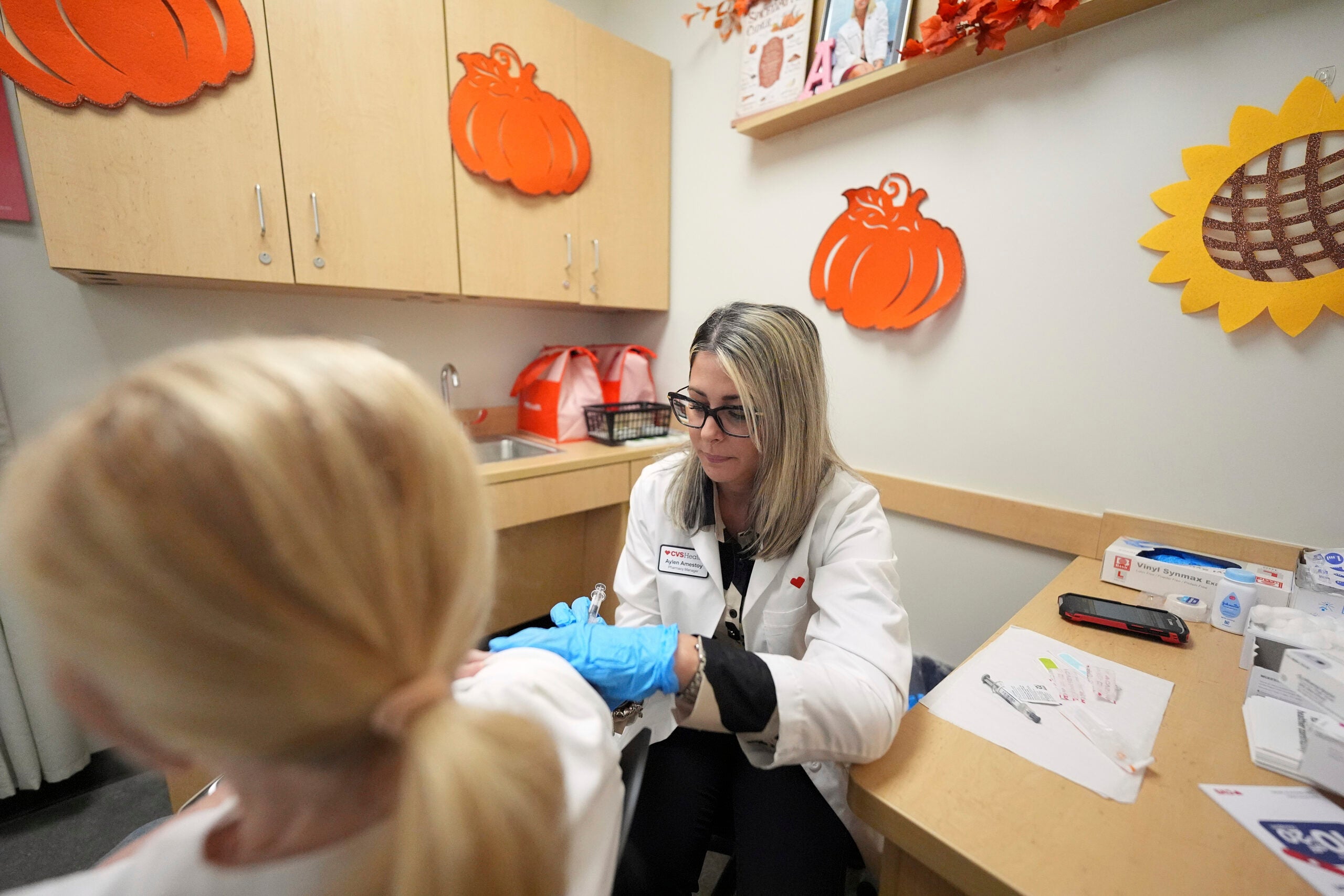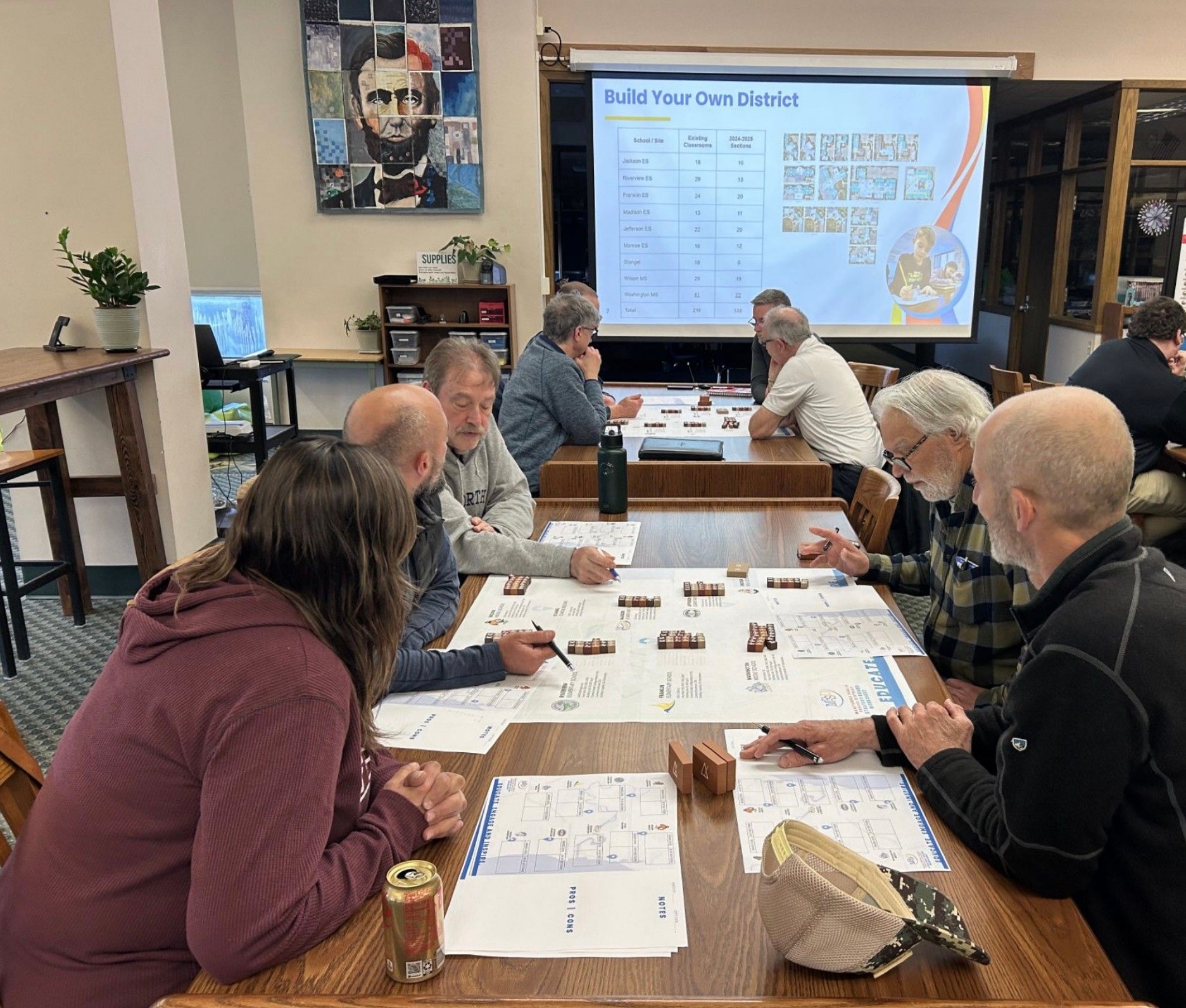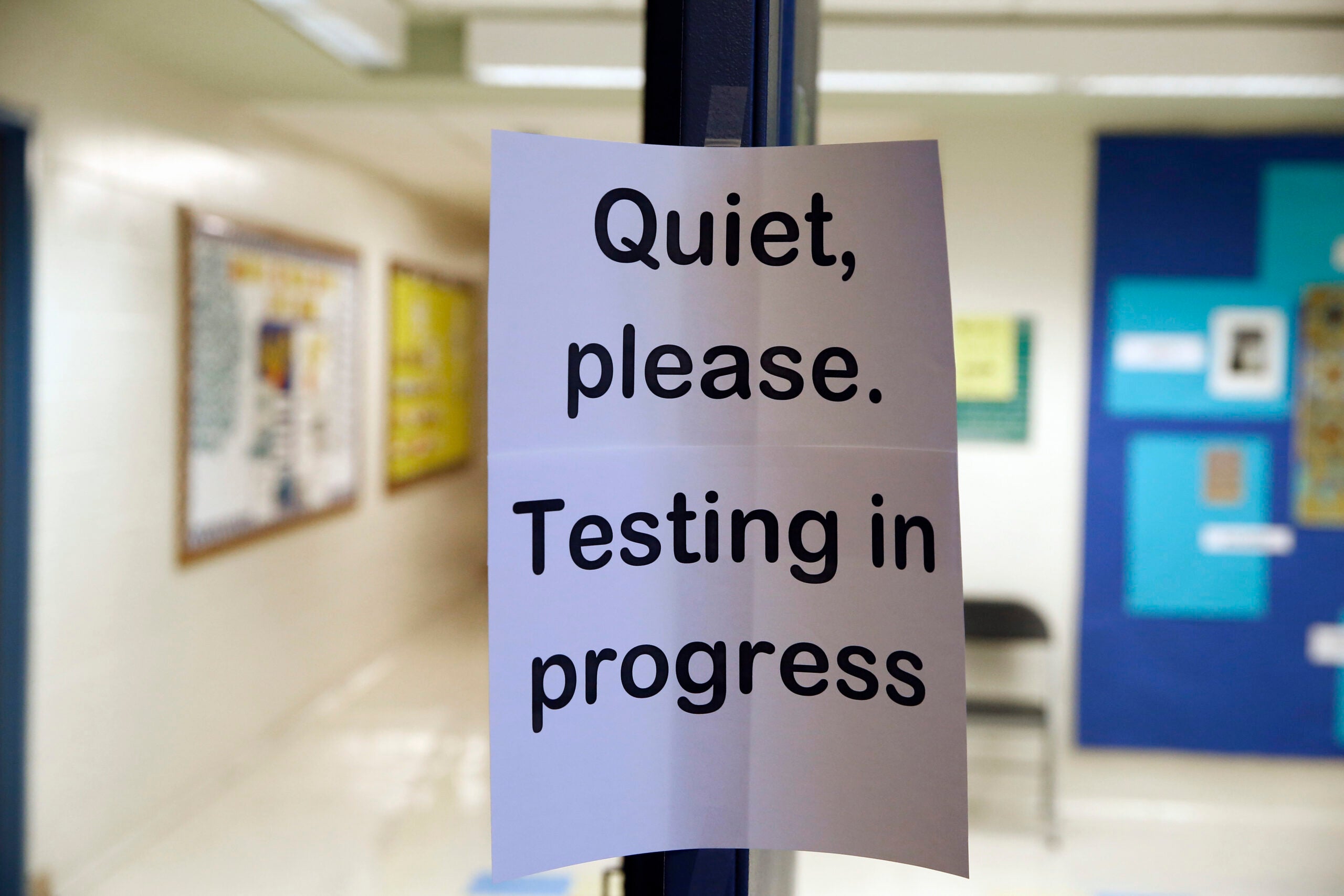Schools haven’t been the super-spreaders of COVID-19 that many feared, according to researchers from the Centers for Disease Control and Prevention in a report published Tuesday.
“There has been little evidence that schools have contributed meaningfully to increased community transmission,” the authors noted, citing research from Mississippi, North Carolina and central Wisconsin.
The Wisconsin study, also released Tuesday, monitored 17 schools in Wood County from Aug. 31 to Nov. 29, a period that included some of Wisconsin’s highest case numbers and percentage of positive tests. Of the 191 cases of COVID-19 identified in students and staff members at the schools during that period, only seven, or 3.7 percent, were linked to in-school spread — and all among students, not staff.
News with a little more humanity
WPR’s “Wisconsin Today” newsletter keeps you connected to the state you love without feeling overwhelmed. No paywall. No agenda. No corporate filter.
“These findings suggest that, with proper mitigation strategies, K-12 schools might be capable of opening for in-person learning with minimal in-school transmission of SARS-CoV-2,” the researchers wrote.
Dr. Amy Falk, one of the Wisconsin researchers and a pediatrician in central Wisconsin, put it more simply.
“We’re learning that, overall, schools just really aren’t the problem,” she said.
She and the other researchers noted that schools in Wood County had a few advantages that likely helped keep the spread low. All students and staff had to wear masks indoors at all times and outdoors if they were within 6 feet of others. Compliance with those rules was 92 percent or higher for the duration of the study.
A grant from the local Legacy Foundation of Central Wisconsin got students three to five masks each.
All the schools studied had classroom cohorts of between 11 and 20 students, which made social distancing easier.
Falk said it’s hard to make blanket statements from the data she and the other researchers collected, in part because of those factors, and because of the characteristics of the schools themselves — they’re rural and serve a mostly white student body.
“We are a large data set, over 5,000 people — children and teachers — and of course, not all this is generalizable, but there’s a paucity of data, and we just wanted to throw what we knew in the ring, to add to the pile that is growing,” she said. “There are some interesting data sets that are beginning to trickle out from the country, and from Europe, that are echoing what we found. So with a little more confidence, I think I can say that with good mitigation measures … in-person school is not detrimental to the community.”
Craig Broeren is the superintendent of the Wisconsin Rapids school district, which includes six of the schools studied. He said he was impressed by how well masking and social distancing went in his district, and believes that helped drive its lower rates.
“Our kids really, really, really stepped up,” he said. “Because of the school closure last spring, I think that the need to come back in some capacity was high on their list as well. So knowing that we can give this a shot if we can all behave, I think that’s a big piece.”
Elementary school students in Wisconsin Rapids have been attending school in-person five days a week in small classes that are carefully kept separate so students are able to social distance and a student or staff exposure will only put that cohort at risk, rather than the whole school. Middle and high schoolers are separated into two groups, each attending in-person two days a week and virtually the other three.
All the schools studied had classroom cohorts of between 11 and 20 students, which made social distancing easier. The other schools were in the Nekoosa and Port Edwards districts, as well as some parochial schools in the area.
Ron Martin, president of the state’s largest teachers’ union, noted this isn’t replicable for every district, especially if schools have large class sizes and over-crowding within school buildings or if the buildings themselves have inadequate ventilation.
“It has to be local control,” he said. “Can we meet these standards? And if we can meet these standards, by all means, let’s be open.”
Still, he said the study gives educators and state officials more definitive data than they’ve previously had, which can help guide decisions going forward.
“I’m happy to hear that they are doing these kinds of studies, because that will help alleviate some of the fear,” he said. “Going into this, nobody really knew what this disease, what this virus, would do — you just don’t know who would be affected by it, and in what ways they’d be affected.”
Martin said he’d rather schools overreact, and err on the side of student and staff safety, instead of not taking enough precautions and potentially putting their communities at risk.
The state Department of Health Services (DHS) said there are no plans to change state recommendations for schools at this time.
“The article points out the importance of recommended mitigation measures for all schools who hold classes, such as mask use, small cohorts, quarantine and isolation, and social distancing as they likely helped mitigate in-school transmission,” a DHS communications specialist wrote in an email.
Teachers are in the next priority group for coronavirus vaccinations, which will also help mitigate the risks of in-person instruction, especially when coupled with mask wearing and social distancing.
With the new data in hand, Broeren said he hopes his district will be able to phase older kids into more days in person, eventually getting up to the same five-day-a-week regimen as the elementary schoolers.
“I’m hoping that we can get something implemented here, at least to conclude this school year, so that we have a better baseline for how we launch into next,” he said. “My hope is that we can at least get a couple of months or so under our belt to conclude this year, see that the wheels aren’t gonna fall off, and then that’s what we would do for next year.”
One piece of that will be surveillance testing, regularly administering tests to a representative sample of the school population to see if the virus is spreading without symptoms. Another piece will be teacher vaccinations, which are slated to start statewide around March 1.
However, reports of more infectious COVID-19 strains in Wisconsin could complicate Broeren’s hopes for more in-person learning
“Knowing that mitigation strategies work, knowing that we have good mask compliance, knowing all of these things that I do know, it decreases the worry, but I’d be lying if I said I’m not worried about it — I think it’d be foolish to say I think it’ll be fine,” he said.
Wisconsin Public Radio, © Copyright 2025, Board of Regents of the University of Wisconsin System and Wisconsin Educational Communications Board.







